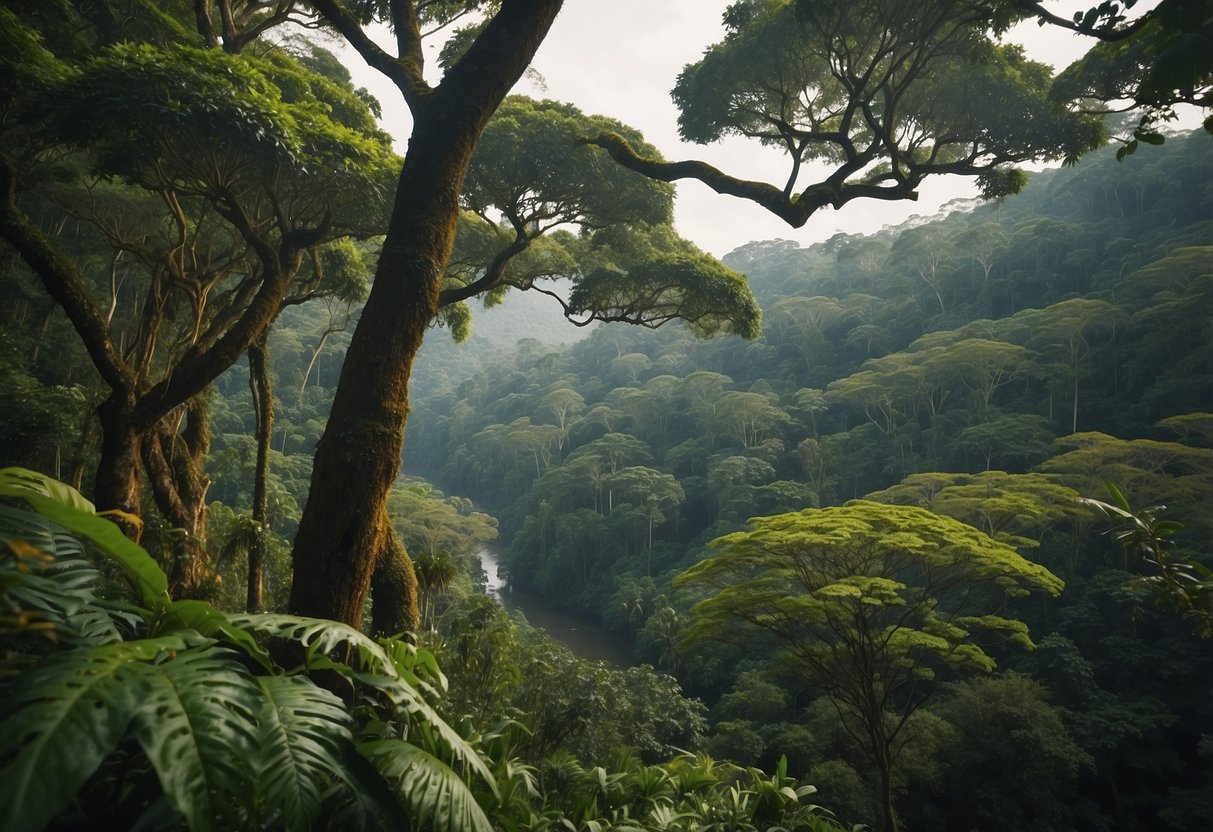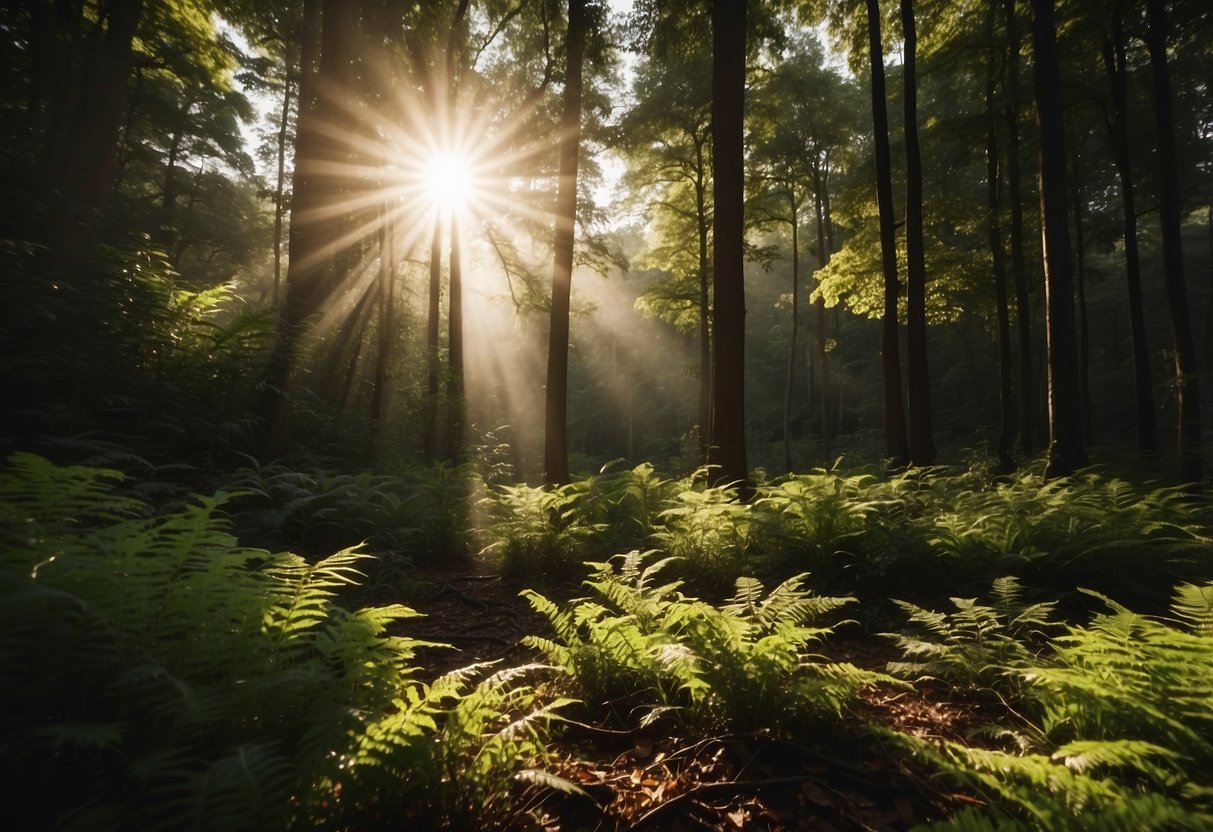
Spotting Unique Wildlife
The Amazon’s wildlife is as diverse as its plant life. Capybaras, the world’s largest rodents, can often be spotted near water bodies like the Amazon River. They are social animals, living in groups and known for their docile nature.
Bird enthusiasts will find paradise with species like the vibrant macaws and elusive harpy eagles. Macaws are noted for their impressive wingspan and bright plumage, while harpy eagles are apex predators with striking features.
Jaguar sightings are rare but unforgettable. These elusive cats are a symbol of the rainforest’s mystique and power. Other notable mammals include sloths and howler monkeys, which can often be heard before they are seen.
Reptiles like anacondas and caimans also inhabit the waters, while colorful amphibians, such as poison dart frogs, capture attention with their vivid hues. Insects, though sometimes tiny, play crucial roles. Butterflies and leaf-cutter ants are essential for pollination and soil aeration, respectively.
Navigating the Amazon Rainforest

Navigating the Amazon Rainforest can be a complex yet rewarding endeavor. Travelers must be prepared for diverse terrain and unique modes of transportation.
River Transportation and Boat Rides
The Amazon River serves as a crucial artery for navigating the dense jungle. Boat rides offer a practical and scenic way to travel. Depending on the itinerary, travelers might use small canoes or larger motorized boats, each suited for different sections of the river.
In the rainy season, water levels rise, making many parts of the Amazon more accessible by boat. Safety is paramount; life jackets should always be worn, and local guides are invaluable for navigating the winding river channels. Expect to see diverse wildlife, from pink river dolphins to various species of monkeys.
Boat rides also provide access to remote areas that are otherwise unreachable. It’s essential to remain vigilant about the weather, as sudden changes can affect water routes. Carrying a waterproof bag ensures belongings stay dry during the trip.
Hiking Trails and Canopy Walkways
Hiking is another integral part of exploring the Amazon. Trails can range from well-trodden paths to rugged routes, often affected by mud and rain. Proper hiking boots are a necessity to navigate the often slippery and uneven terrain.
Canopy walkways offer a unique vantage point over the forest, enabling travelers to observe the rich biodiversity from above. These elevated paths allow for a closer look at the flora and fauna that thrive in the canopy layer. Birdwatchers, in particular, will find these walkways invaluable.
Hikes often require a guide, especially when exploring deeper into the forest. Guides not only ensure safety but also share invaluable knowledge about the local ecosystem, helping hikers appreciate the intricacies of the rainforest.
Cultural Experiences and Local Communities
Exploring the Amazon Rainforest provides unique opportunities to interact with indigenous tribes and participate in traditional shamanic rituals. Engaging with local communities offers a deeper appreciation of their cultures and traditions.
Visiting Indigenous Tribes
Visiting indigenous tribes in the Amazon Rainforest offers a glimpse into their diverse cultures and lifestyles. Countries such as Brazil, Peru, Colombia, Ecuador, and Bolivia are home to numerous tribes, each with its own unique traditions.
Travelers often visit villages where they can observe daily activities like hunting, fishing, and crafting. Learning about their sustainable practices is a common highlight. Visitors may also hear ancestral stories and songs that have been passed down through generations.
It’s important to note the significance of respecting local customs and traditions. Many tribes welcome guests but expect them to act in harmony with their cultural norms. These interactions can provide invaluable insights into the rich cultural heritage of South America’s indigenous populations.